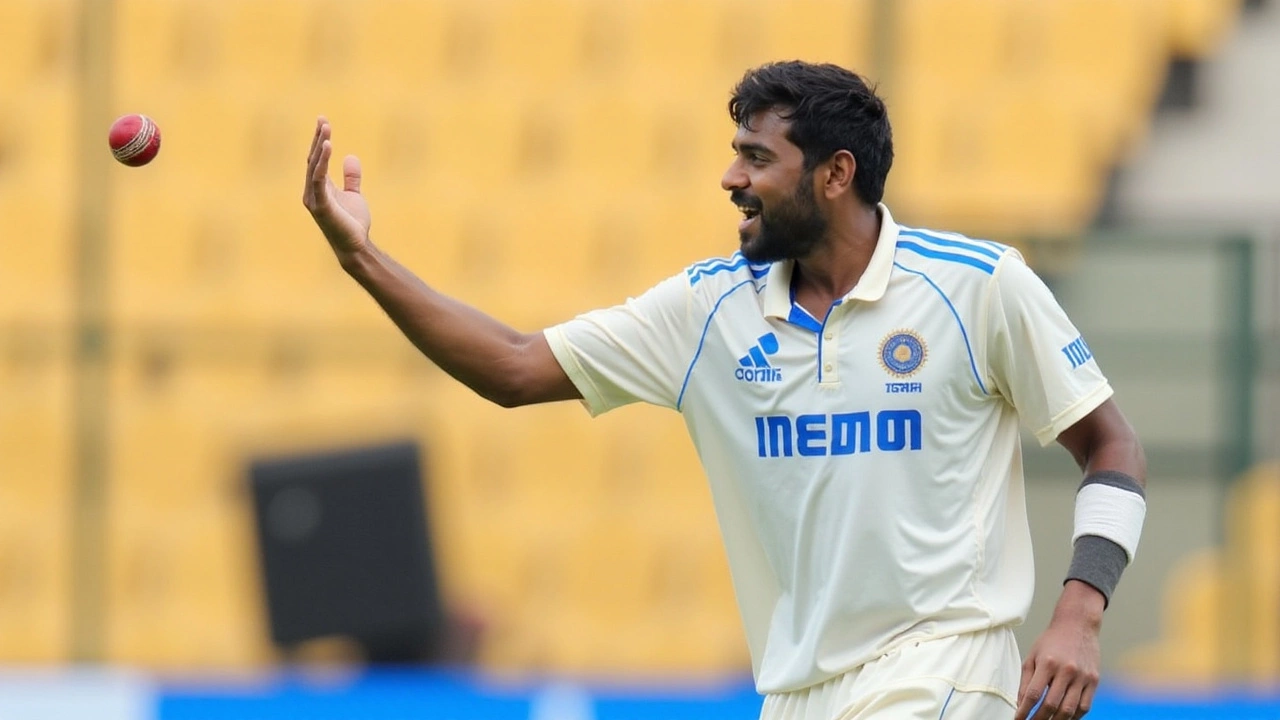Cricket Captaincy Insights: What Makes a Good Leader on the Field?
When you watch an IPL match, the captain’s decisions often decide the outcome. From field placements to bowling changes, a captain’s brain works nonstop. Let’s break down what we see in recent games and how those choices affect the whole team.
Real‑World Moves: Axar Patel’s First Full‑Time Captaincy Test
In the Visakhapatnam clash where Delhi Capitals chased down 210 runs, Axar Patel took charge for the first time as a full‑time skipper. His bold call to promote Ashutosh Sharma up the order paid off – Sharma’s unbeaten 66 gave the chase momentum. Patel also trusted the new kid Vipraj Nigam to add quick runs, a move that kept the required run rate in check. This shows that a captain who backs young talent can turn a tight game into a win.
Handling Pressure: Pat Cummins’ Light‑Hearted Take on Power
Pat Cummins, the Sunrisers Hyderabad captain, joked about being scared of his own batsmen after a huge total against RCB. The humor hides a serious point: a captain must manage egos and keep the team focused, especially when the scoreboard looks intimidating. Cummins also kept an eye on over‑rate penalties, reminding the bowlers to stay within limits. Balancing aggression with discipline is a hallmark of strong captaincy.
Another example is Shardul Thakur stepping into Lucknow Super Giants after Mohsin Khan’s injury. Thakur didn’t just fill a vacancy; he brought his own plans for the bowling attack, adjusting line‑ups based on pitch feedback. When a captain can adapt quickly to injuries, the side stays competitive.
Captains also deal with off‑field issues. Mohit Sharma’s public support for Virat Kohli against the BCCI’s family travel policy shows how leaders can use their voice for player welfare. While not a tactical decision, it influences team morale and sets a tone for how the squad handles challenges beyond the field.
Leadership isn’t only about big moments. Small choices, like rotating bowlers in the powerplay or rotating the strike, add up. In the Delhi Capitals vs. Lucknow Super Giants match, bowlers like Kuldeep Yadav and Mitchell Starc were given specific roles by their captains, shaping the early overs. Those details often go unnoticed, but they are the building blocks of a winning strategy.
So, what can aspiring captains learn?
- Trust your players – give newcomers chances in pressure situations.
- Stay adaptable – injuries and pitch changes happen, adjust your plans fast.
- Balance aggression with discipline – push the scoreboard but keep an eye on rules.
- Speak up for the team – off‑field issues affect on‑field performance.
By watching how captains like Axar Patel, Pat Cummins, and Shardul Thakur handle real match scenarios, you get a clear picture of effective cricket captaincy. The next time you watch an IPL game, spot the captain’s moves and see how they shape the result.
